The workshop informed about the sources of air pollution in Ho Chi Minh City including: road traffic accounts for 35% of emissions; industry and production account for 25%; construction accounts for 15%. Among the causes of air pollution, the transport and industrial production sectors are considered the main "culprits". In order to maintain clean air in urban areas, it is necessary to deploy synchronous solutions.

According to Dr. Hoang Duong Tung, Chairman of the Vietnam Clean Air Network, in some cities such as Hanoi and Ho Chi Minh City, the air in suburban areas is still "easier to breathe" than in the central area of the city. Ho Chi Minh City has made many efforts to reduce air pollution but it is not enough. The reasons are due to poor control of emission sources; lack of data to develop policies and action plans; lack of coordination with neighboring provinces (regional connectivity); funding to reduce air pollution is still limited; it seems that the air pollution problem is only at the city level, the responsibility only belongs to the specialized agency, the Department of Agriculture and Environment, absent at the ward and commune levels.
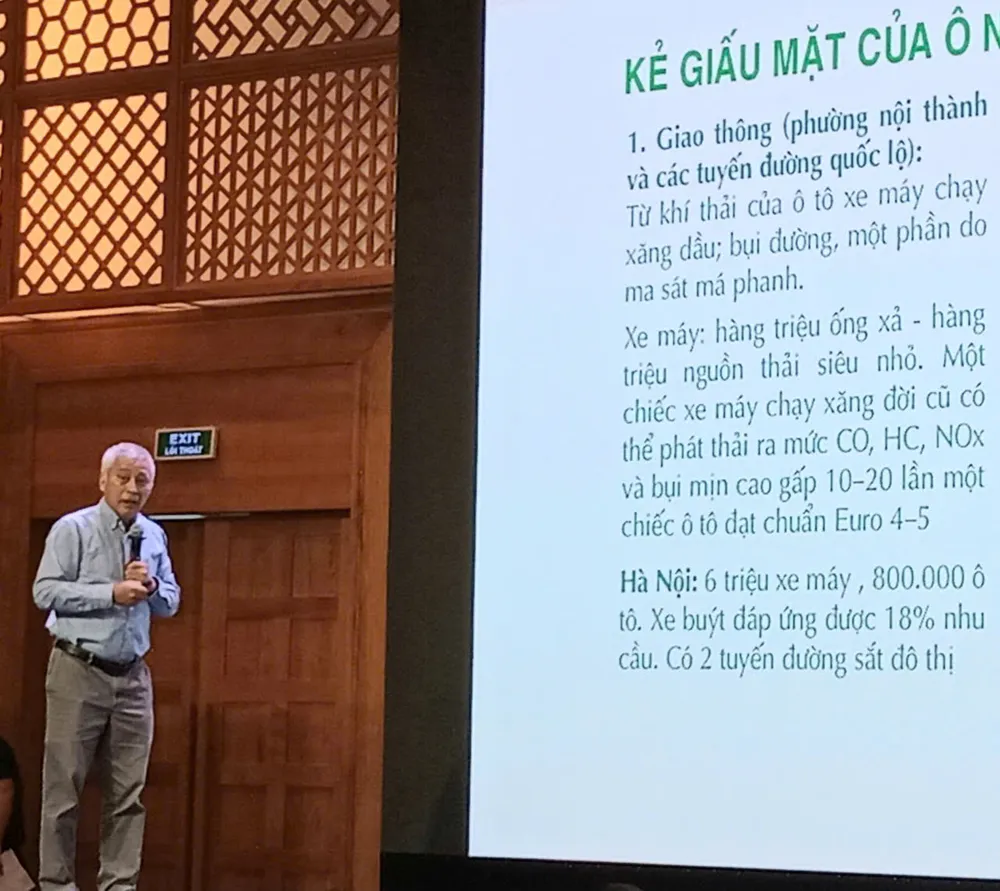
Dr. Hoang Duong Tung also recommended solutions to reduce air pollution such as promoting digital transformation for green transformation; improving air quality in urban areas must be a top priority in socio -economic development policies; air protection must be determined as the responsibility not only of the City People's Committee, Department of Agriculture and Environment but also of other departments (construction, industry and trade, finance) and wards and communes in neighboring areas. Each locality needs to have specific targets and responsibilities to reduce air pollution (clear people, clear work, clear responsibilities, clear progress...).
Representatives of the Ho Chi Minh City Institute for Development Studies also proposed solutions such as: Ho Chi Minh City needs to plan green urban areas, green infrastructure (metro, public buses); increase green spaces (parks, forests and green belts); green buildings; control dust in construction (apply stricter regulations to construction sites); improve waste management (enhance solid waste collection and treatment systems, promote recycling and energy conversion initiatives).
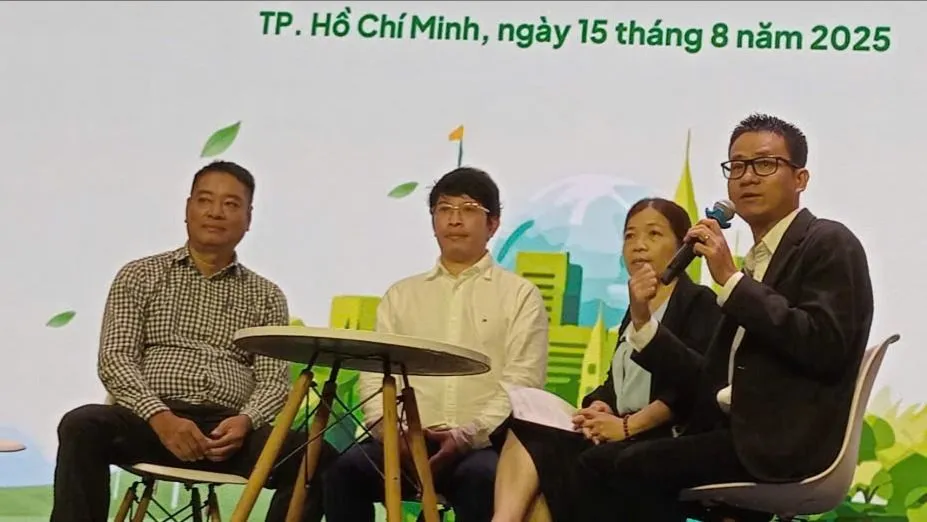
Ms. Ngo Nguyen Ngoc Thanh, Deputy Head of the Department of Environmental Protection, Department of Agriculture and Environment of Ho Chi Minh City, said that Ho Chi Minh City has been implementing many plans and solutions such as: solutions to prevent and reduce gas emissions; effectively control dust and gas emissions from construction and agricultural activities. Continue to prevent and control air pollution in production, business and service activities; deploy research on applying artificial intelligence models to improve the ability to forecast and warn of air pollution. Prioritize diversifying financial resources for environmental protection; promote international cooperation and scientific research. Review the database of emission sources and develop an air quality management plan for Ho Chi Minh City for the period 2026-2030.
Source: https://www.sggp.org.vn/dong-bo-giai-phap-keo-giam-o-nhiem-khong-khi-do-thi-post808467.html



![[Photo] Super harvest moon shines brightly on Mid-Autumn Festival night around the world](https://vphoto.vietnam.vn/thumb/1200x675/vietnam/resource/IMAGE/2025/10/07/1759816565798_1759814567021-jpg.webp)



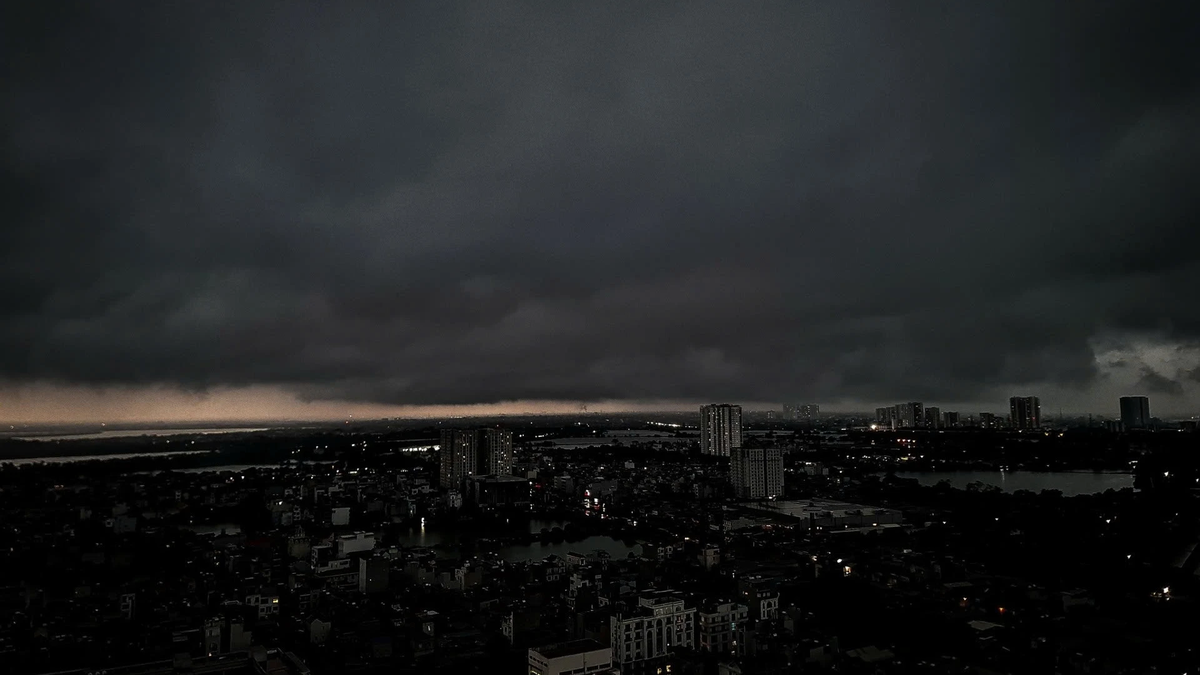
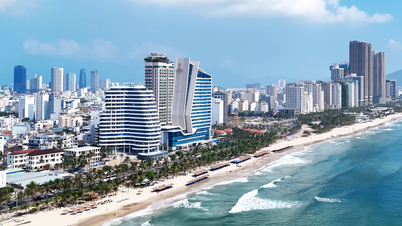

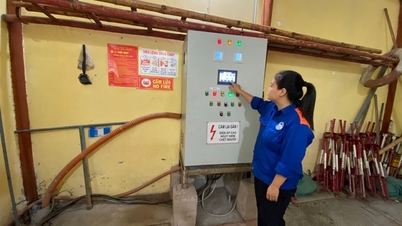
























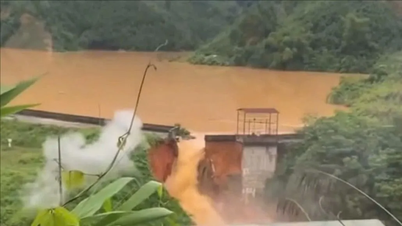

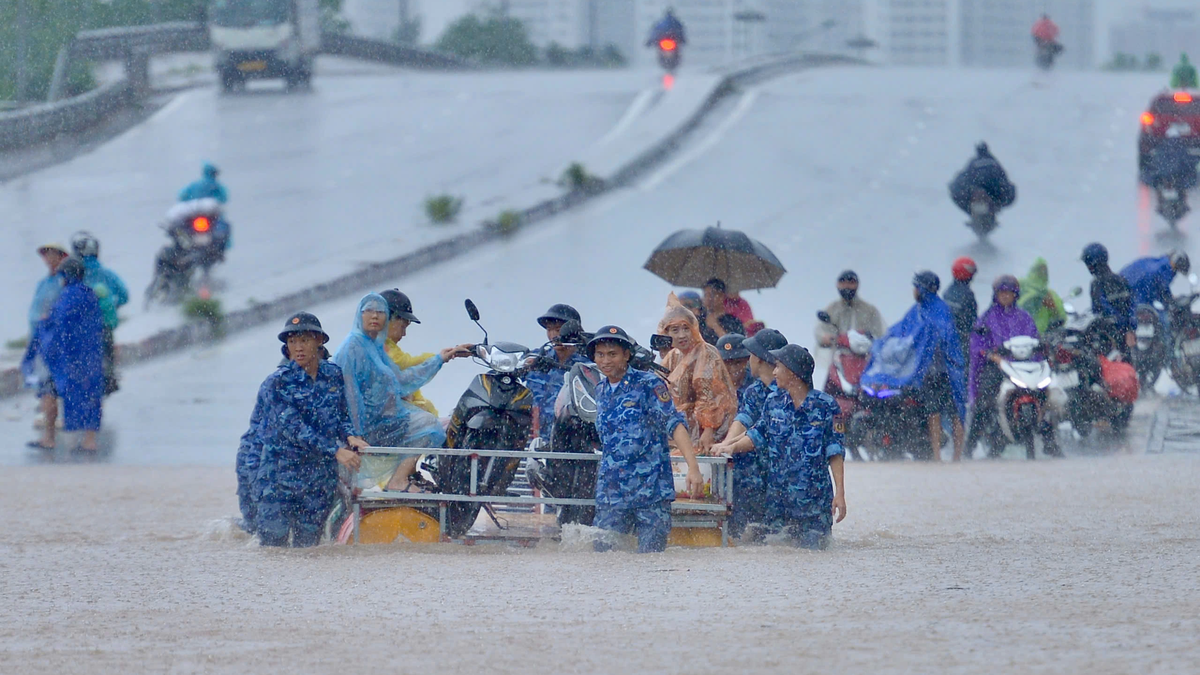
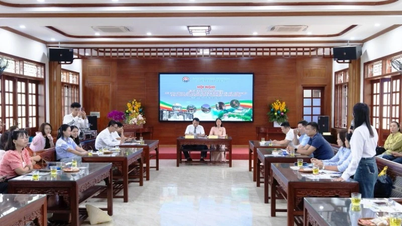















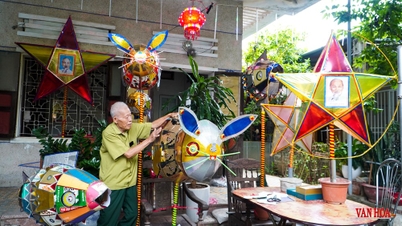




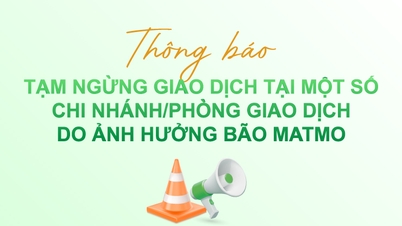



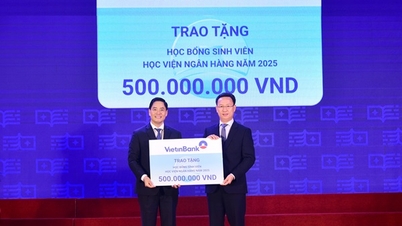









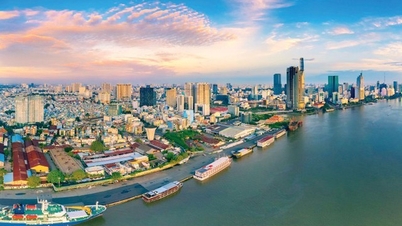










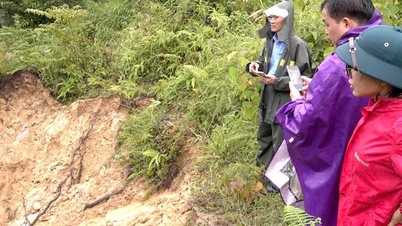










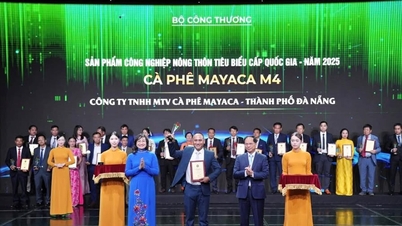


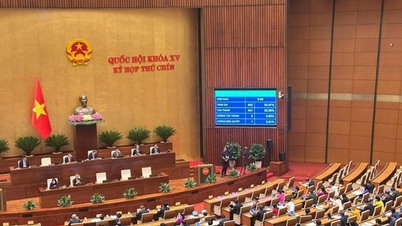








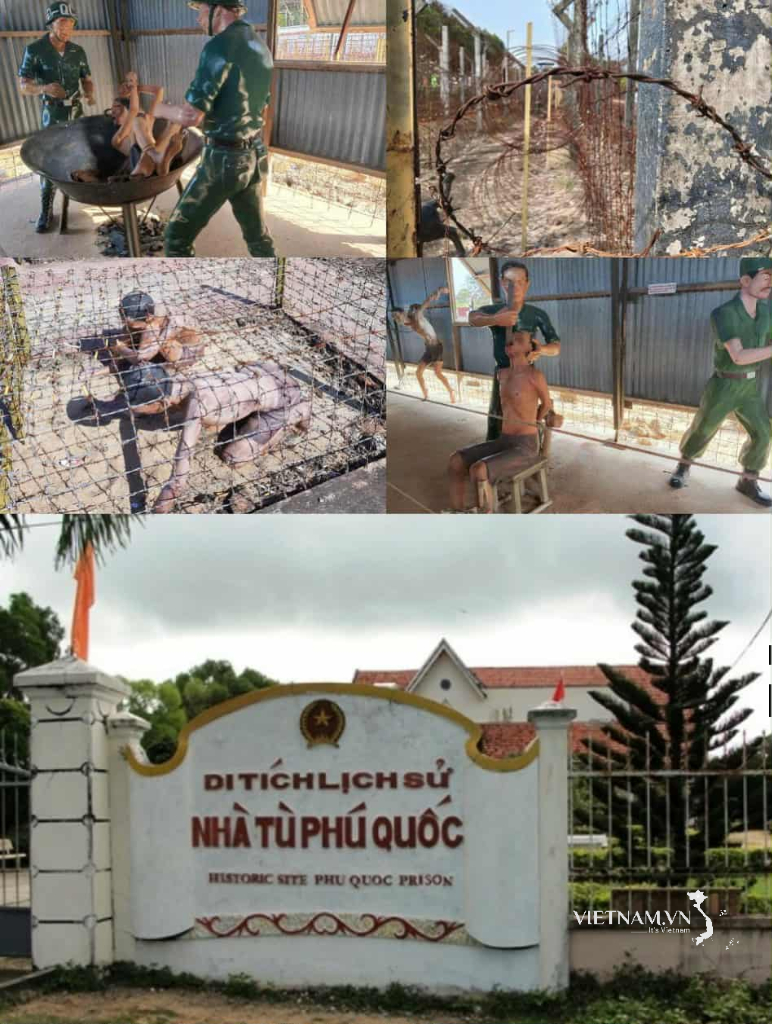
Comment (0)